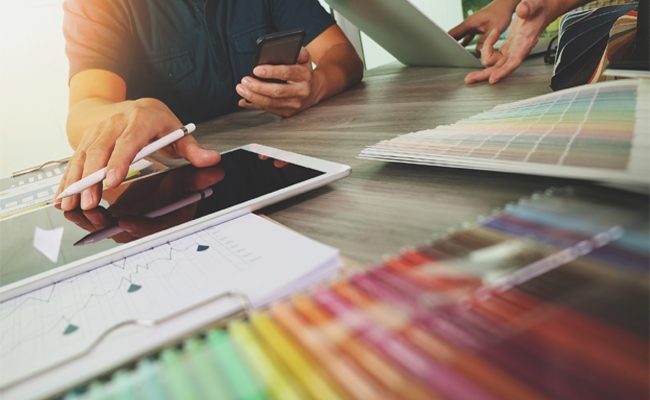
Interior designers are getting creative by combining efficiency with cost and class. The main determinant is sourcing design materials and match-mixing to create something unique. Materials markets provide interior design materials at a competitive price, with speedy delivery as an added advantage. Although trends change due to taste and preferences, some designs still resonate with everyone across the cultural divide. This article shares 7 of the best and most cost-efficient interior designs in 2022.
1. Minimalism
Gone are the days when every space needed decorations. Interior designers in 2022 advocate for space, making air circulation easy. Purpose to only have essential items within the space. At most 2 items from the setting need to be designed, and the rest sourced locally. However, they should coincide with the theme colour.
You not only save but also maintain the authenticity of your space. For example, a living room only needs furniture and essential electronics. The remaining space should be bare, with enough space to move around.
2. Nature
As the world rallies around climate change, you can use this theme to decorate your space. Everything you do should promote nature and its benefits to the universe. From natural stones to pot plants and wooden floors, these natural materials make the space cool and cosy. Since the materials are sourced locally, the time and cost of decoration are significantly low.
Linen, ceramics and cotton also form part of the décor, which is more affordable compared to man-made décor. Use wooden vases to plant flowers in the living room, which is both aesthetic and brings in the fresh air.
3. Basic and Simplicity
When purchasing décor items, ensure they have the primary colours or come in their original form. Buy wooden furniture and items with no added colouring. Since many home items are wooden, they automatically fit in the colour theme. If you must paint them, use natural paint since it is affordable.
Simplicity is the new theme in décor as many homeowners associate it with relaxation and peace of mind. The same analogy also works in office spaces where you only acquire items you will need. Make the space as natural, simple and well planned as possible.
4. Sustainability
Interior design is a person’s version of idealism; what they think is good and right for them. Since it personifies the space, the items, colour and décor format must be long term. Consider an interior design that transcends timelines and still appeals 20 to 30 years down the line. Whatever you do now should have a relationship with the future.
The materials used to bring out sustainability are eco-friendly and non-toxic. From wood to natural flowers, rugs, glass and bamboo, the décor fits every space and situation. Even paints are now eco-friendly and long-lasting. It might cost more at first but will last longer than synthetic materials.
5. Patterns
Although the same design or colour maintains uniformity, interior designers have a way of match-mixing to create unique patterns. Most patterns depict modernity with a classical feeling. Such combinations resonate with both the young and old, which strengthens sustainability. The patterns can either be simple colour-matching to complex geometry.
The cost implication is mostly long-run. If the patterns are natural or depict a natural complexion, it might take long before the owner thinks of replacing them. Besides the natural appeal, patterns break the monotony, bringing a fresh appearance with eye-catching designs.
6. Versatility
When decorating a space, keep in mind the multiple scenarios it can host. That is why making it spacious, natural and neutral is preferred. This trend mainly works for commercial spaces where an open room can be a lobby, board room or a conference hall. The colours should be natural to fit all situations and versatile to capture any imagination. Interior designs call it Smart Spaces.
7. Curvy Edges and Surfaces
Round is associated with softness, edgelessness and flawlessness. Curves are attractive, which makes every material presentable and beautiful. You can see this in living rooms on sitting coaches and bookshelves in offices. New age designers refer to it as romantic, thanks to the curves. It also saves space compared to the block-version edges.
Conclusion
The cost factor comes in 2 fronts, short term and long term. Short term cost-benefit revolves around affordability, while the long term is sustainability and value for money. Choose which cost variable suits your space from the 7 interior design trends listed.
Leave a Reply